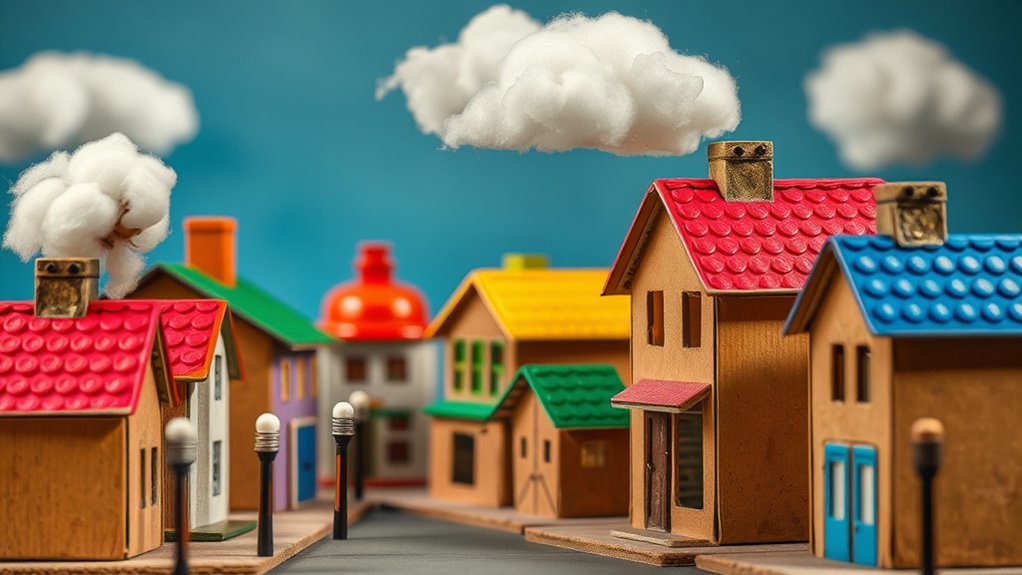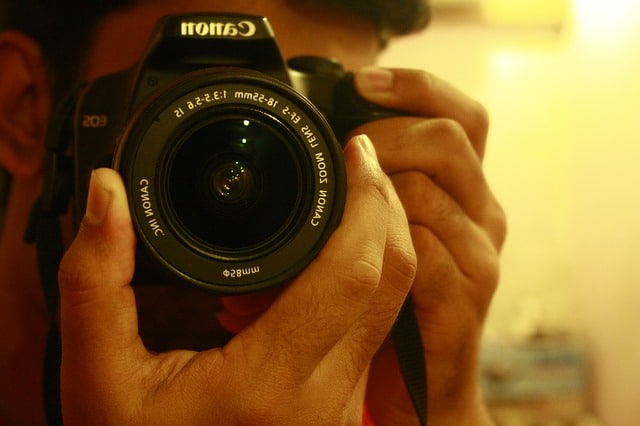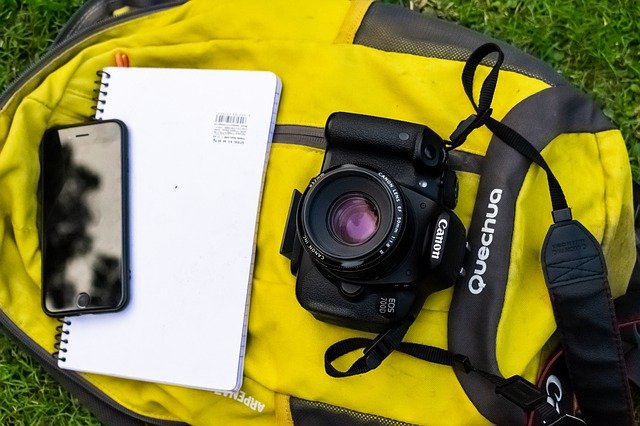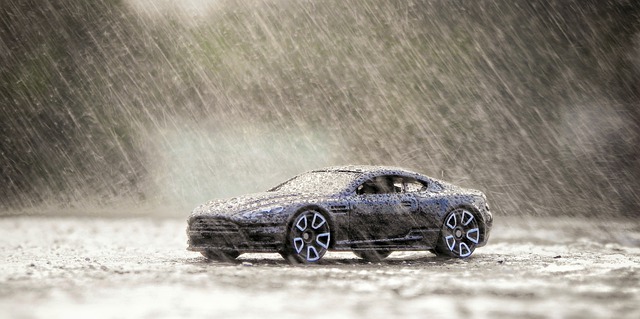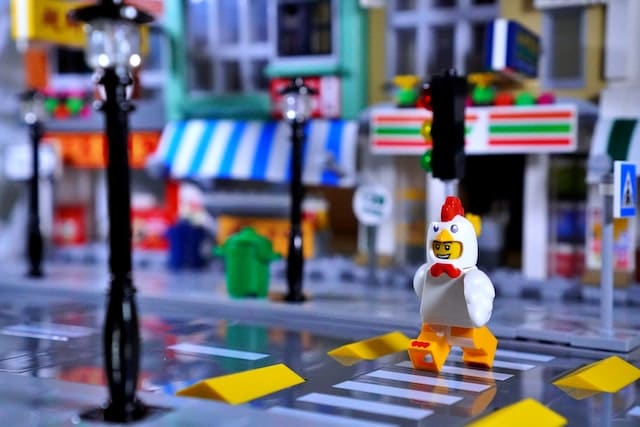Using everyday materials for toy scenes releases your creativity and resourcefulness, offering cost-effective and unique photography options. Repurposing household items and utilizing natural light lets you easily create enchanting settings without going over budget. This approach fosters originality as you transform ordinary materials into lifelike environments, promoting both innovation and sustainability. By exploring these methods, you'll discover more creative solutions and sustainable practices that make your toy scenes truly stand out.
Cost-Effective Solutions for Toy Photography
When diving into toy photography, you don't need expensive gear to create enchanting scenes. Start by using natural light. It's free and can transform your photos. Position your setup near a window or head outdoors for beautiful lighting. Another cost-effective solution is using your smartphone camera. Modern phones have impressive capabilities, and you can easily edit photos with free apps. Experiment with angles and compositions to add depth and interest. Household items like paper or fabric can serve as backdrops, providing various textures and colors. Small desk lamps or flashlights can help manipulate light and shadows. Remember, creativity isn't about how much you spend; it's about how you use what you have. Embrace resourcefulness, and your toy photography will shine.
Enhancing Creativity With Found Objects
Building on the idea of cost-effective solutions, let's explore how found objects can enhance your creativity in toy photography. You don't need expensive props to create enchanting scenes. Look around your home or outside for items that can add depth and interest to your shots. A piece of fabric can become a backdrop, or a rock can turn into a mountain for your toy figures. Using found objects challenges you to think outside the box, sparking new ideas and perspectives. It's about seeing potential in the mundane and transforming it into something extraordinary. This approach fosters originality and guarantees each scene is unique. Plus, it's environmentally friendly, encouraging a sustainable mindset while you craft your miniature worlds.
Achieving Authenticity in Miniature Scenes
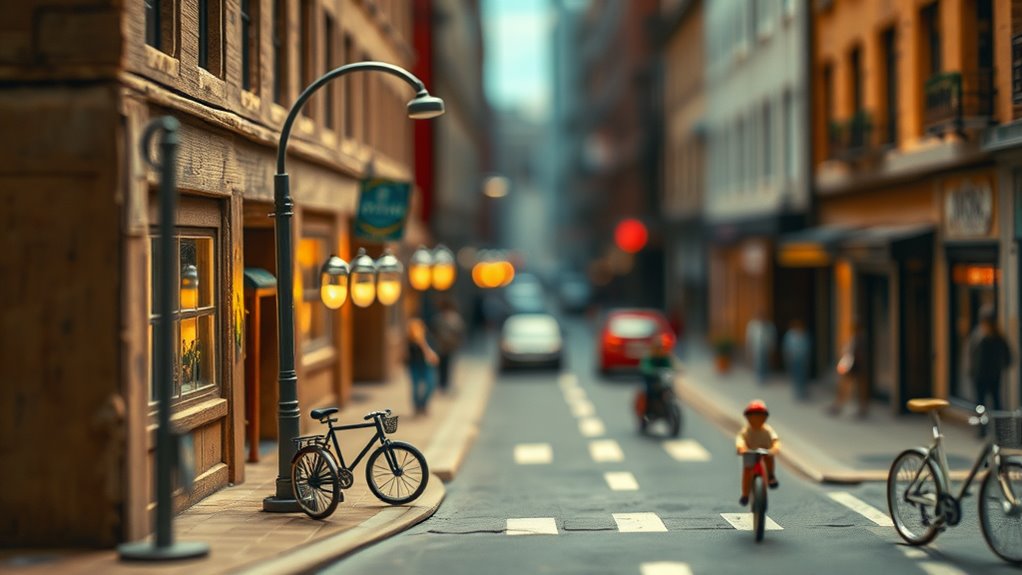
To achieve authenticity in miniature scenes, focus on the details that make the environment believable. Start by observing real-life settings closely. Notice how light interacts with surfaces and the subtle textures of everyday objects. Use this knowledge to recreate these elements in your scenes. Incorporate natural materials like twigs for trees or sand for landscapes. These add realism without the need for expensive supplies.
Pay attention to scale and proportion. Verify that every object fits harmoniously within the scene, creating a cohesive look. Small additions like tiny footprints or weathering effects can greatly enhance authenticity. Utilize everyday materials creatively, like fabric scraps for curtains or bottle caps as pots. By doing so, you'll make your miniature world feel alive and genuine.
Encouraging Resourcefulness and Innovation
Although creativity often thrives within constraints, encouraging resourcefulness and innovation in crafting miniature scenes can lead to unexpected and delightful results. When you use everyday materials, you challenge yourself to see ordinary objects in new ways. A bottle cap might become a tiny table, or a piece of fabric could transform into a lush carpet for your toy's living room. This kind of thinking stretches your imagination and enhances your problem-solving skills.
Instead of relying on ready-made items, you're compelled to invent and adapt, which can be incredibly rewarding. Plus, this approach often results in unique, one-of-a-kind scenes that stand out. By turning limitations into opportunities, you'll not only create enchanting scenes but also hone your ability to innovate and think outside the box.
Sustainable Practices in Toy Photography

When you incorporate sustainable practices into toy photography, you not only help the environment but also add depth and authenticity to your scenes. Start by reusing materials like cardboard, fabric scraps, and natural elements such as leaves and stones. These items can create realistic backgrounds and props without the need for new resources.
Think about lighting too. Utilize natural light whenever possible, reducing energy consumption. Instead of buying new gear, consider borrowing or buying second-hand equipment. This not only saves money but also reduces waste.
Moreover, explore digital tools for editing. Software can enhance photos without the need for physical alterations, keeping the process eco-friendly. Embrace creativity with sustainability, and you'll create enchanting toy scenes while caring for the planet.
Frequently Asked Questions
How Can I Ensure Safety When Using Everyday Materials for Toy Scenes?
Always check materials for sharp edges or small parts. Use non-toxic, durable items and supervise children during play. Clean materials thoroughly before use. Stay informed about potential hazards and trust your instincts to guarantee a safe environment.
What Are Some Common Household Items That Can Be Repurposed for Toy Photography?
Why not get creative with what you've got at home? Use cardboard for backdrops, kitchen utensils for props, or old sheets for backgrounds. Look around, and you'll find endless possibilities for your toy photography.
How Do I Store and Organize Found Objects for Future Photography Projects?
Organize your found objects by categorizing them into containers or boxes. Label each with themes or colors, and store them in a dedicated space. This system makes it easy to locate items for future photography projects.
Can Using Everyday Materials Affect the Durability of My Toy Scenes?
Using everyday materials might affect your toy scene's durability, but you can manage it by choosing sturdier items. Protect fragile pieces with sealants or reinforcements, ensuring your creations withstand handling and time. Keep experimenting for best results.
What Are Some Tips for Incorporating Lighting With Everyday Materials in Toy Scenes?
Did you know 70% of compelling photos rely on effective lighting? Use everyday materials like aluminum foil for reflectors. Position lamps strategically to mimic natural light and add depth. Experiment with angles to create shadows and highlights.
At a Glance
By using everyday materials for your toy scenes, you not only keep costs down but also let your creativity run wild. Found objects add a dash of authenticity, making your scenes come alive. This approach encourages you to think outside the box and innovate with what's at hand. Plus, it's a greener path, promoting sustainable practices. So, immerse yourself and make your toy photography a shining example of resourcefulness and innovation.

